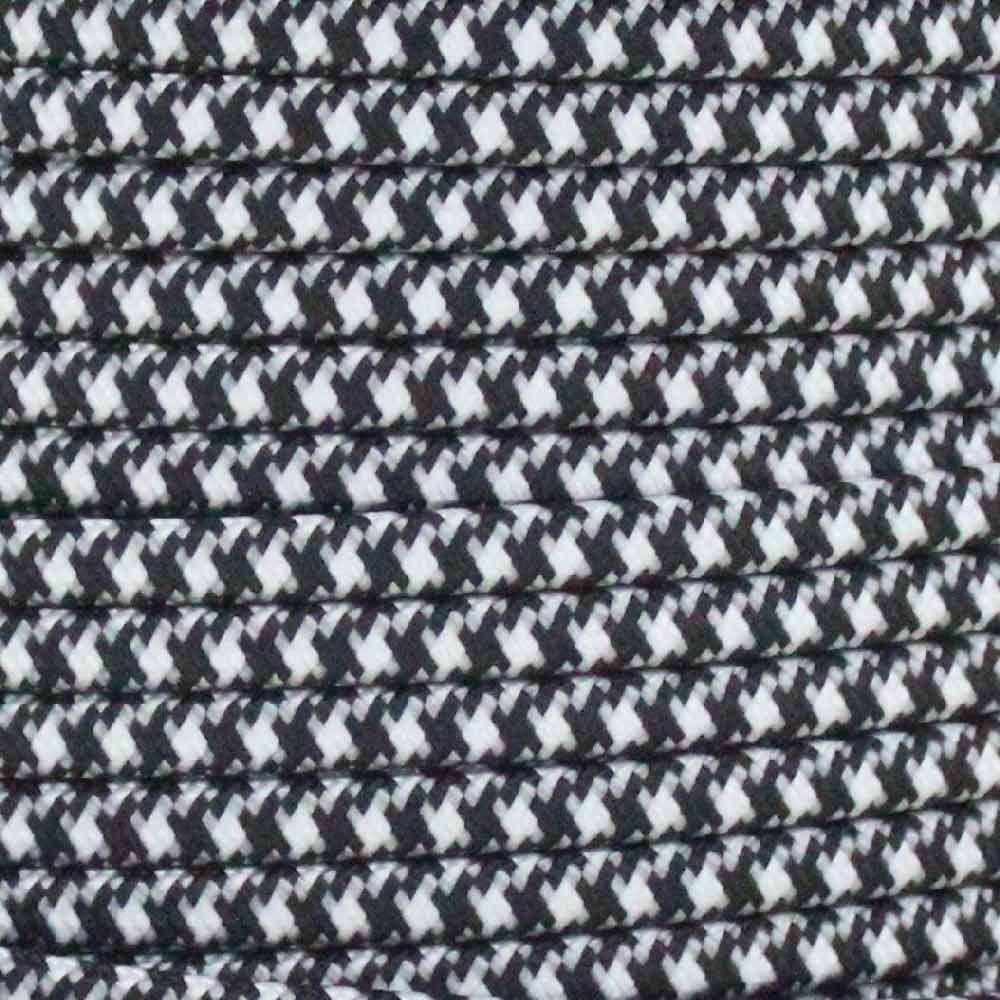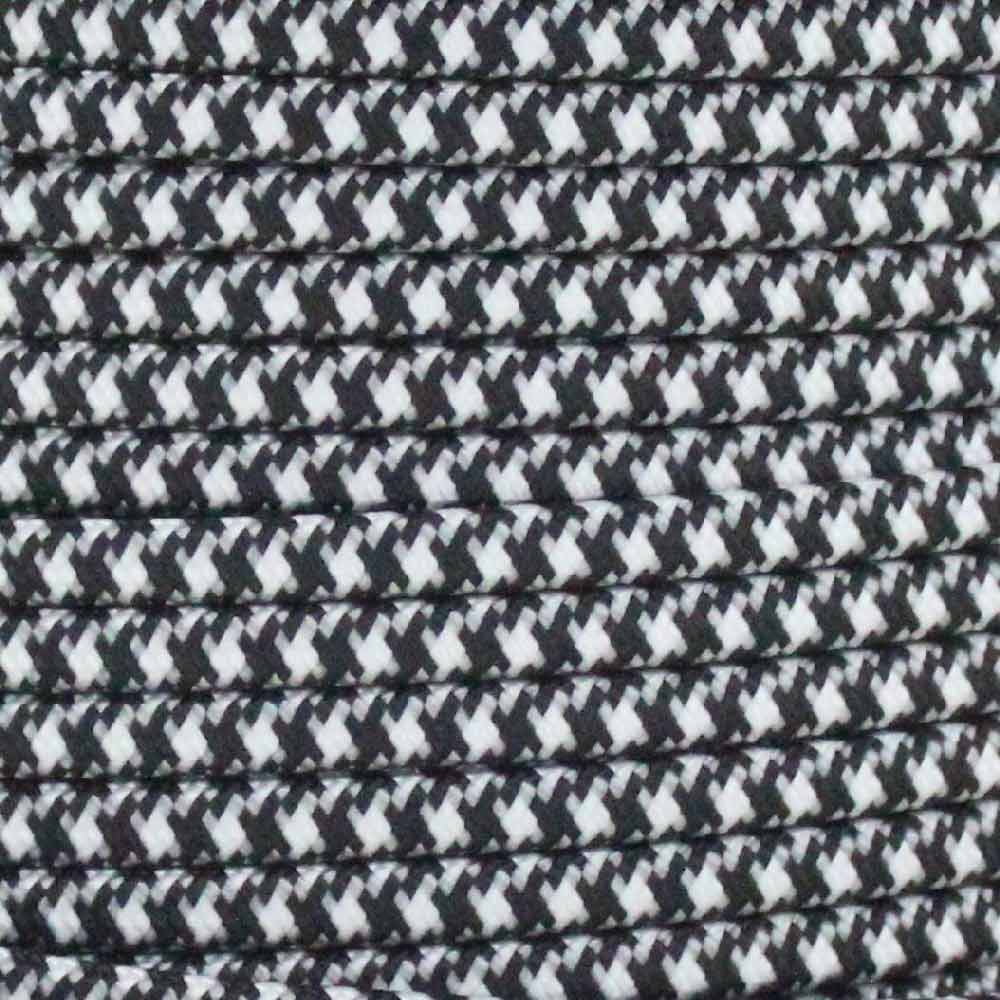Answer
Jul 26, 2024 - 08:01 AM
Here’s a step-by-step guide:
-
Gather Your Tools: You'll need a utility knife or wire stripper, a pair of scissors (for some types of wires), and electrical tape.
-
Disconnect Power: If you’re working with a plugged-in cord, make sure it’s completely disconnected from any power source to avoid the risk of electric shock.
-
Inspect the Wire: Look at the wire to understand its construction. SPT wire usually has two or three insulated conductors inside a flat outer sheath.
-
Measure and Mark: Determine how far you want to split the wire. Use a pencil or marker to make a small mark at the point where you will make the cut.
-
Score the Outer Sheath: Use the utility knife to carefully score the outer sheath of the wire. Do this gently to avoid cutting into the internal conductors. Cut only deep enough to separate the sheath.
-
Split the Sheath: After scoring, use your fingers or a pair of scissors to carefully peel back the outer sheath from the wire. Pull it apart slowly to avoid damaging the internal conductors.
-
Separate the Conductors: Once the sheath is removed, you should see the individual conductors inside. Gently separate these conductors from each other if needed.
-
Strip the Conductors: If you need to expose the ends of the conductors, use wire strippers to carefully strip the insulation off the ends of the wires. Be cautious not to nick or damage the wires.
-
Insulate Exposed Wires: Once the wires are separated and stripped, you can insulate them with electrical tape if necessary to prevent short circuits or damage.
-
Check Your Work: Ensure that there is no exposed wire that could come into contact with anything that could cause a short or shock. The wires should be neatly separated and securely insulated.
-
Reassemble and Test: If you’re reassembling the wire or adding connectors, follow the manufacturer's instructions carefully. Make sure everything is properly insulated and connected before testing the wire.
Always prioritize safety and, if you’re unsure about any step or if the wire is complex or involves high voltages, consult a professional electrician.
 Grand Brass Lamp Parts, LLC
Grand Brass Lamp Parts, LLC

